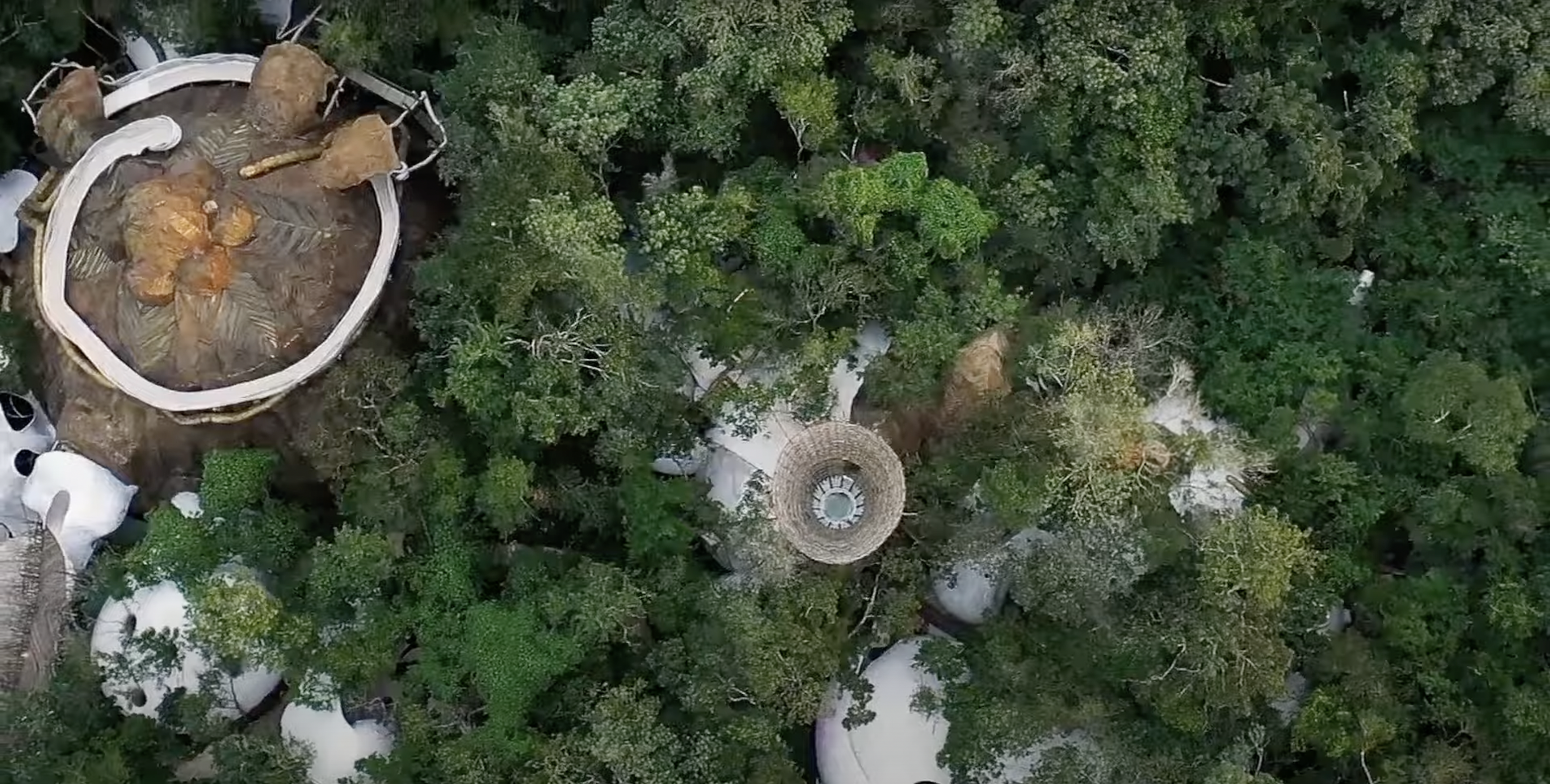
Cristina Ochoa: Strengthening Deep Roots, Part 1
By Gayil Nalls
Sign up for our monthly newsletter!
Born in Bogotá, Colombia, in 1976, Cristina Ochoa is an interdisciplinary artist who currently resides primarily in Mexico. In recent years, she has immersed herself in herbology, exploring the ancestral use of plants and their modern pharmacological applications. Her focus on cultural myths and ceremonies delves into how these narratives shape and are embraced by society, while also being influenced by modern political and economic systems and even drug cartels. Cristina’s impactful work brings attention to plants, practices, and knowledge on the verge of extinction, and is gaining international recognition in the process.
Cristina’s extensive research on the potency of Mayan medicinal plants and accompanying rituals recently culminated in the three-part multisensory exhibition, “Pharmakon: Psychotropical Symbiotics” This captivating exploration of Mayan pharmacological traditions urges visitors to engage with ancestral ceremonies through all their senses, encouraging a rediscovery of the profound power of plants. The exhibition’s initial segments delve into Cristina’s exploration of Mayan sacred texts, Popol Vuh and Chilam Balam, manifested in artworks primarily crafted from ceramics, glass, and fabric. These pieces converge into a larger installation, immersing visitors in the Mayan myths surrounding sacred trees and flora. Through sensory stimuli, including sound, video, hand-dyed fabrics, with natural pigments, and live ceremonies led by native leaders, Cristina guides individuals through rituals associated with the sanctity of Mayan plants. The exhibition also features an experimental laboratory where site-specific works evoke the potency of plants, narrating stories of both ancient and present inhabitants of the Mayan jungle surrounding SFER IK.
As Cristina prepares for the April 2024 opening of her next major work now in progress, “En-Chanted Garden,” in collaboration with Sferik Azulik, in Tulum, Mexico, which involves the preservation of rare and endangered sacred plants, we had the opportunity to speak with her about her ongoing artistic undertakings.
Gayil Nalls: How has your Colombian background influenced your work?
Cristina Ochoa: In numerous ways. From the outset, I embarked on a critical exploration of consumption, substances, plants, and, inevitably, drugs. This led me to ponder the concept of sacred plants and substances. My journey began with coffee, shared with my uncle and family. Our family owns land in Columbia, and we are establishing an ecological reserve. This dual perspective—concern for nature and the complexities of narcotraffic and politics—significantly shapes my work. I feel a profound connection to my family’s reserve. It’s a place where five generations have thrived, and I experience a sense of belonging unmatched anywhere else.
How did your experience in Mexico impact your artistic endeavors?
Mexico has been a transformative teacher, offering a nexus of knowledge and abundant opportunities. I’ve encountered diverse individuals and immersed myself in a culture characterized by respect, pride, and reverence for ancestral knowledge and medicines. This deep anthropological connection has influenced my work significantly. Additionally, attending an excellent art school in Mexico opened doors for me, and the country’s generosity allowed me to flourish as an artist. The geographical and political freedom I experience contributes to a sense of liberation I feel there.
Who or what are the major influences on your current artistic creations?
One notable influence is Maria Teresa Hincapié, a Colombian artist from a town near where my family is from. As a remarkable performer and mystical feminist, she left a lasting impact on my work. Despite her passing a decade ago, I frequently revisit her ideas, especially those related to art, gardens, sacred walking, and the earth. Another influential figure is Ana Mendieta, a Cuban performer whose feminist perspective and groundbreaking work in Mexico, including being buried in the earth, resonate with me deeply. While I draw inspiration from various influencers, these two women are significant in shaping my artistic endeavors.
What inspired you to dedicate years to researching the power of medicinal plants and rituals, and exploring their historical applications?
My early experiences with my grandmother and great-uncle on ancient lands profoundly influenced me. Growing up amidst stories of the mountains and jungle and witnessing my grandmother’s connection with nature on our farm in Pereira, I developed a mystical and mythical framework. Despite later transitioning to urban life in Bogota, where I became an urban gardener, my formative years instilled a deep appreciation for nature.
How does your artistic expression reflect your research background, particularly the flora found in Mayan sacred texts?
My research and artistic journey began with an exploration of substances and their cultural significance, spanning from Colombia to Mexico. In Mexico, I collaborated with traditional healers, including a chemical engineer and herbologist grandmother, to showcase the plants from the Codice de la Cruz Badiano, the first indigenous herbology book written in America in 1550. Our exhibition at the Medicine Palace in Mexico City aimed to preserve their knowledge amid its gradual loss.
This led to collaborations in the Mayan area, particularly in Izamal in 2018, where I worked on projects with PAC (Patronato de Arte Contemporáneo) and the Jumex Museum. I delved into Mayan spirituality and medicine, connecting with the renowned Mayan Priest Don Valerio Canché, a former president of the Mayan wise council, and Leidy Dorantes, the first Mayan woman priest, X-meen. Don Valerio shared and taught me the 33 Mayan ceremonies and the intricacies of Mayan spirituality, emphasizing the interconnectedness of everything. Leidy, inheriting a vast medicinal garden in Yaxcabá, became a crucial collaborator in my ongoing work. Together, they represent a bridge between traditional knowledge and the evolving understanding of these plant medicines, and we transformed the old Inquisition palace into a garden. The Mayan tradition, viewed as travelers of time, adds a unique dimension to my exploration, treating plants as time portals in the narrative of memory and time. Being non-indigenous, I delved into understanding how we carry ancestral knowledge. Recognizing the imminent loss of natural pharmacy and mythical traditions, I continued working with these individuals to safeguard their knowledge.
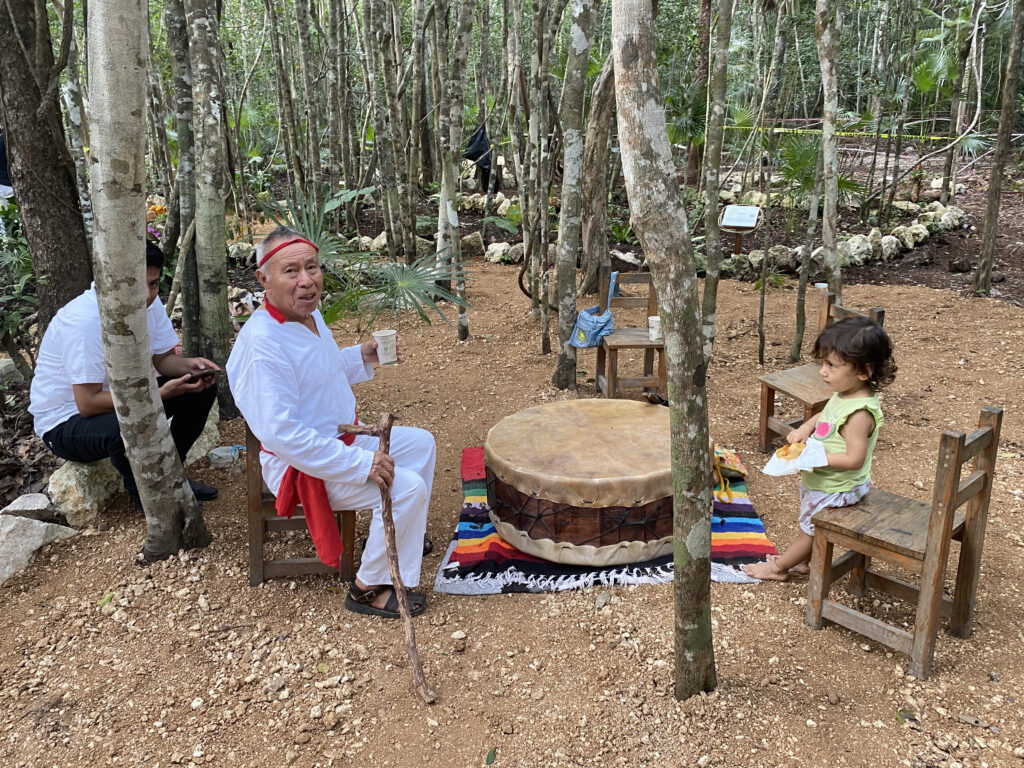
As my work progressed, I engaged with a diverse group, including young individuals dedicated to preserving or reinventing traditions. My Mayan collaborators, Leidy Dorantes, and Don Valerio, continue to play pivotal roles in my current projects. Leidy blends traditional practices with modern approaches, identifying as a modern witch and conducting rituals, cleanses, and magic. Despite the shared ownership of the medicinal garden in Yaxcabá, she emerged as the dedicated caretaker, incorporating her studies as a healer and self-identified modern witch. Inheriting her grandparents’ gifts, she practices spiritism, conducts cleanses, and performs various rituals and magic. These partnerships represent a convergence of traditional wisdom and contemporary understanding, with a focus on memory and time.
Given the rapid pace of my work, which involves collaborating with a diverse group, including young individuals dedicated to preserving or reinventing traditions, their wealth of knowledge, mutual understanding, and Leidy’s unique perspective as a woman and representative of young generations make them indispensable to my work. My engagement with the Mayan community extended to a residency at Sfer Ik,
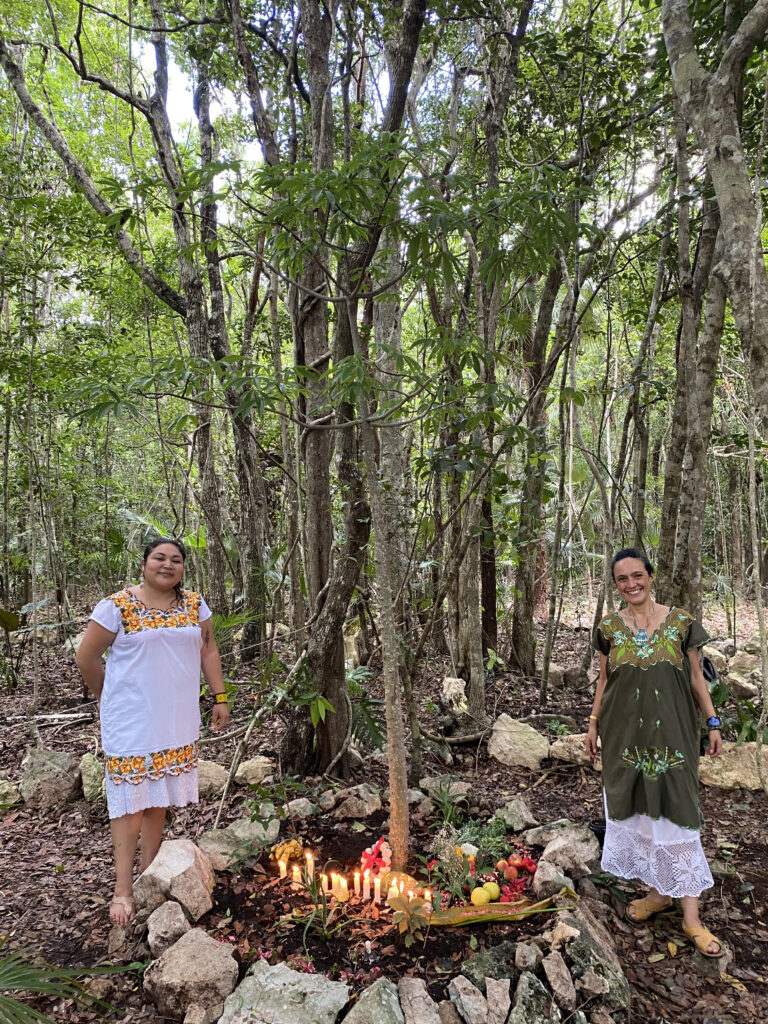
Your journey began with Pharmakon, a long-term research project initiated during a residency in Barcelona in 2016 with the BAR project, right?
Yes, Pharmakon, rooted in the Greek concept of cure and poison, delved into substances, pharmacy history, and writing. https://pem.facmed.unam.mx/index.php/cristina-ochoa-el-corazon-del-monte/
The initial chapter explored the historical use of substances and included exhibitions and processes. The Garden of Oblivion, focusing on plants used by witches in Europe and America, marked the beginning of creating gardens as part of the Pharmakon project.
Subsequent chapters, such as the Garden of Hope, involved planting sacred plants like Hikuri and coca. A pivotal moment occurred during a residency at Arafura in Mexico, where Marcello Dantas, the SFER Ik curator, noticed the Garden of Hope and invited people to collaborate on a project with SFER IK. This marked the conclusion of Pharmakon and the genesis of the En-Chanted Garden.
The En-Chanted Garden, initially inspired by a Hope Garden in Azul ik Uh May, grew during the process. It incorporates sacred knowledge, labels, and insights from grandparents, akin to the Medicine Palace project with UNAM. The En-Chanted Garden serves as a significant project, promoting environmental preservation in the face of urban development. It’s an evolving initiative that encourages individuals to cultivate their gardens, emphasizing the accessibility of such practices regardless of land availability.
The En-Chanted Garden, viewed as an art piece, serves a dual purpose: defending nature and offering agency to individuals. It has become a collaborative effort, presenting challenges akin to a war zone, highlighting the complexities of our relationship with nature. The garden is a platform for learning, featuring a residency program, a seed bank project, and workshops with universities. Seeds, symbolizing the story of inheritance and the future, play a crucial role in this initiative.
The Popol Vuh’s ritualistic seed-throwing ceremony, a foundational Mayan practice, emphasizes the significance of seeds in creating and sustaining humanity. The garden, with its rituals, connects with this Mayan tradition. Seeds are not merely about preservation but serve as a guide for the uncertain future. The ongoing seed bank project and workshops aim to provide tools in the art realm, turning it into a playground to navigate the challenges of uncertain times. The En-Chanted Garden, with its vast framework, ultimately becomes a means of empowerment for individuals facing an unpredictable future.
https://www.museotamayo.org/thebackroom/cristina-ochoa
In your upcoming work, you’re set to provide consultations on herbalism and plants. Can you elaborate on this?
Additionally, we’re organizing workshops that focus on microorganisms, collaborating with local individuals, artists, and researchers from various fields. While our primary focus is on Mayan healers, we also engage with people from Mexican traditions and other cultures, such as the Wirrárikas (Huichol people) and those from the southern regions. We aim to explore ancient and innovative approaches.
I’ve been creating spaces that encourage people to connect with the Earth, especially in the Mayan areas where the impact of colonialism has been profound. It’s essential to be respectful and avoid turning their practices into a spectacle for tourists. Working with indigenous communities requires a delicate approach – it’s not about taking ownership but providing a framework for them to preserve their culture and knowledge. We’re facilitating opportunities for cross-disciplinary collaboration, fostering a sense of happiness among individuals eager to share their wisdom.
Our workshops commence with a ceremony, not at my request, but a tradition upheld by the local priests. When establishing our garden, we sought permission, respecting the cultural practices of the community. There’s a need for people in Tulum to understand the wealth of medicinal knowledge around them. Instead of rushing to a pharmacy, they can find remedies in the plants within the garden.
Reflecting on my experiences on my grandparents’ ranch, I realized the importance of understanding the medicinal properties of plants. The Mayan culture holds profound wisdom about nutrition, and we’ve welcomed Rodolfo Puch, a nutritionist and herbalist, into our project. His expertise merges nutritional science with the mystical aspects of ancient myths.
The myths surrounding plants, are fascinating narratives that reveal the profound connection between nature and culture. An example is the legend of Chechen and Chaká, a tale of two warring royal brothers, one kind and one evil, who died fighting over the same woman. They were reincarnated as the trees Chechen and Chaká so they could continue to look upon their love. One tree is poison and the other the cure. It’s not just a story; it’s a reflection of the essence of energies within plants. The Mayan priests, who are also timekeepers, emphasize the significance of time in agriculture and spirituality. They maintain calendars passed down through generations, highlighting a different perspective on time, one that aligns with the natural rhythms of life.
Being in the Mayan area has allowed me to collaborate on creating a “portal of time,” connecting with the agricultural cycles and mystical calendars. It’s an acknowledgment of the importance of time, urging us to respect the natural processes and rhythms in our fast-paced world. The Mayan approach encourages us to think about the life cycle of a seed, paralleling the nine months it takes to grow a baby. It’s a reminder to reconnect with the essence of life.
In essence, my journey in the Mayan area goes beyond discovering and sharing knowledge about plants. It’s about returning to our roots, both politically and mystically. It’s about simplifying complex ideas, providing tools for people to preserve seeds, plant their own food, and reconnect with the spirituality of nature. Embracing an anarchist perspective, not in opposition to government but in harmony with nature, opens possibilities for shared learning and understanding of the intricate relationships plants have with us.
Ultimately, this work is a call to simplicity and spirituality, rooted in the profound teachings of plants and the wisdom of indigenous communities. It’s about learning from nature, approaching it with openness, and embracing the spiritual and practical lessons it has to offer, whether through sacred ceremonies or medicinal plant interactions.
Gayil Nalls is the founder of World Sensorium / Conservancy and Editor of Plantings.
Follow Cristina Ochoa on Instagram @cristinaochoaf.
There are guided tours of “Jardín En-Cantado” by Cristina Ochoa (@cristinaochoaf) that focus on the knowledge of “Art and Sacred Ecology”, acting as a means to preserve ancestral memory. Seeds are planted both in the environment and among those who seek this knowledge, thus allowing the continuation of the valuable legacy of sacred plants. The Garden is presented as a living work of art that intertwines harmoniously with the human bonds united in its conservation.
For more information on the Sacred Art and Ecology program in the El Jardín En-cantado collaboration follow: @roth.azulik @sferikart
Plantings
Issue 30 – December 2023
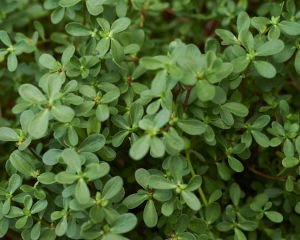
Viriditas: Musings on Magical Plants: Portulaca oleracea
By Margaux Crump
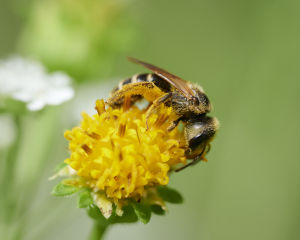
Proboscis, Pollen, and the Rapture of Interspecies Intimacy
By Jake Eshelman
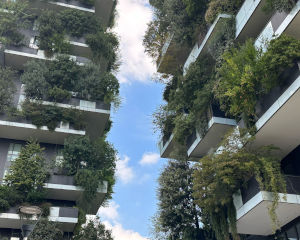
The Greening of Milan: Porta Nuova and Vertical Forest
By Gayil Nalls

Overshooting Earth’s Boundaries: An Interview with Bill Rees
By Rachel Donald
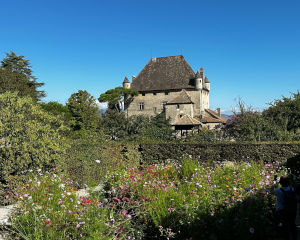
The Garden of the Five Senses
By Gayil Nalls
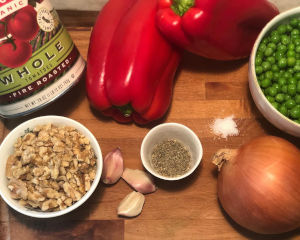
Eat More Plants Recipes:
Le Botaniste’s Fennel, Tomato, and Red Pepper Pasta Sauce

As Ireland transitions from the rich, smoky scent of peat-burning to a more sustainable future, its olfactory heritage is evolving. What will become the next iconic aromatic symbol of Ireland?
Click to watch the documentary trailer.


